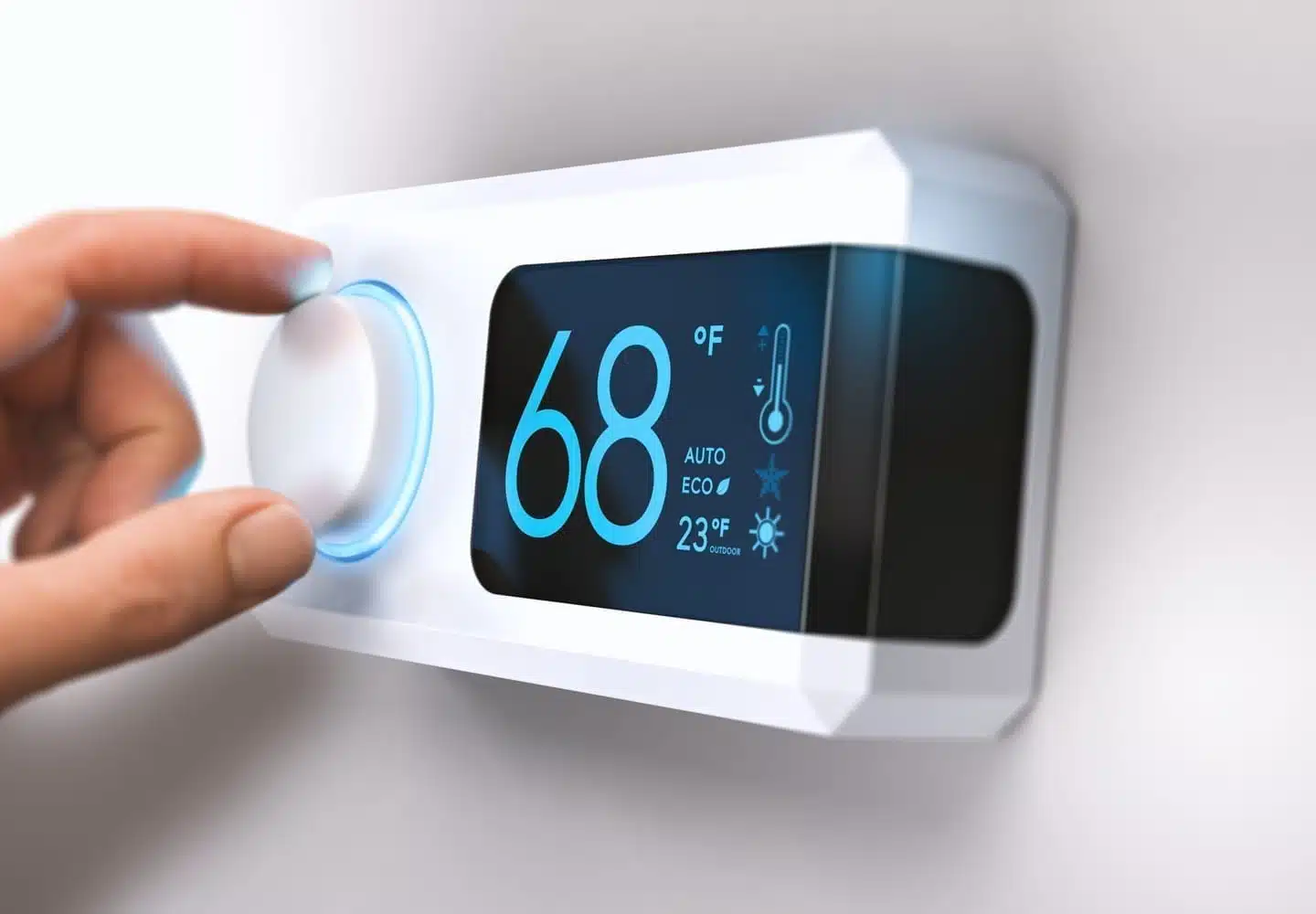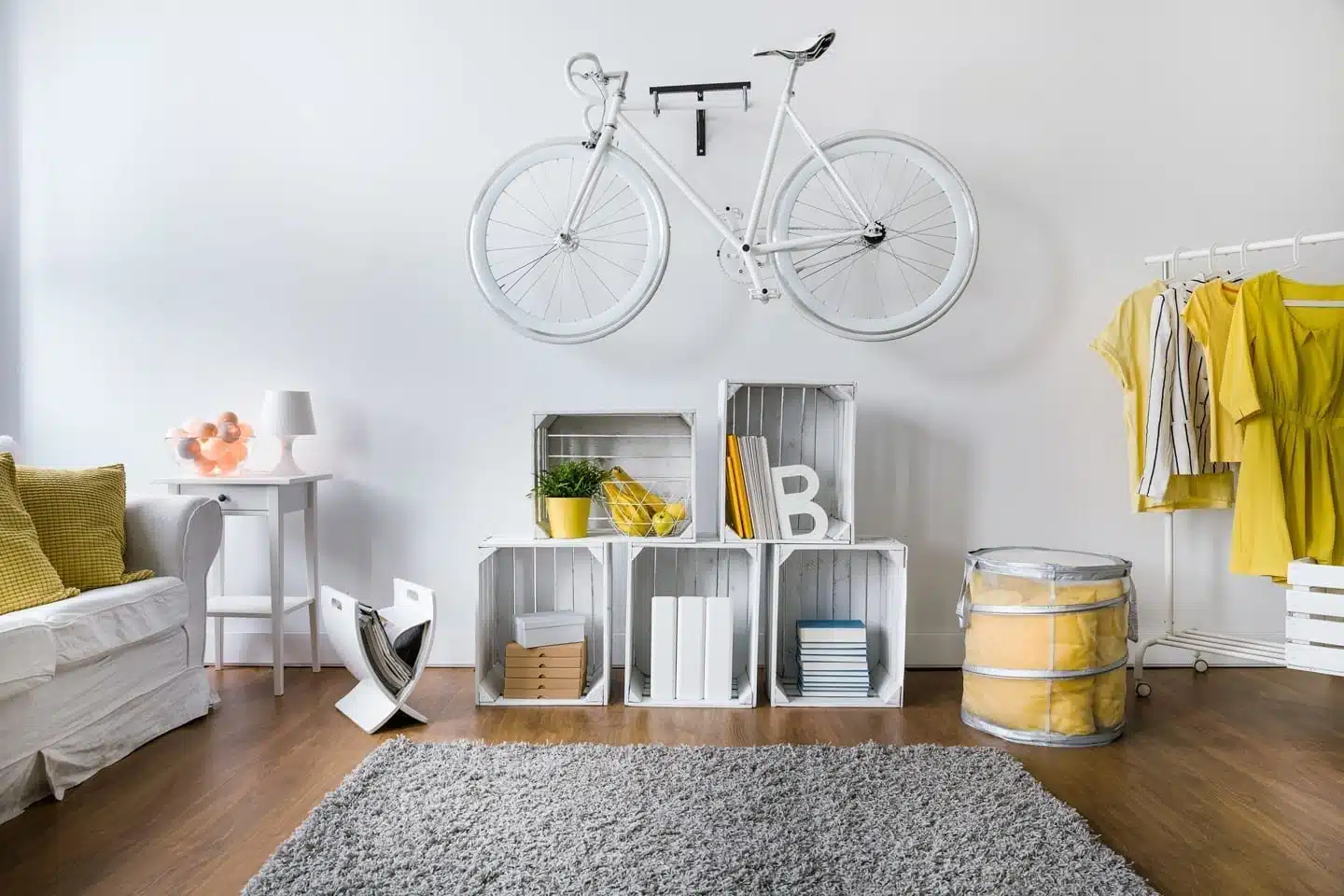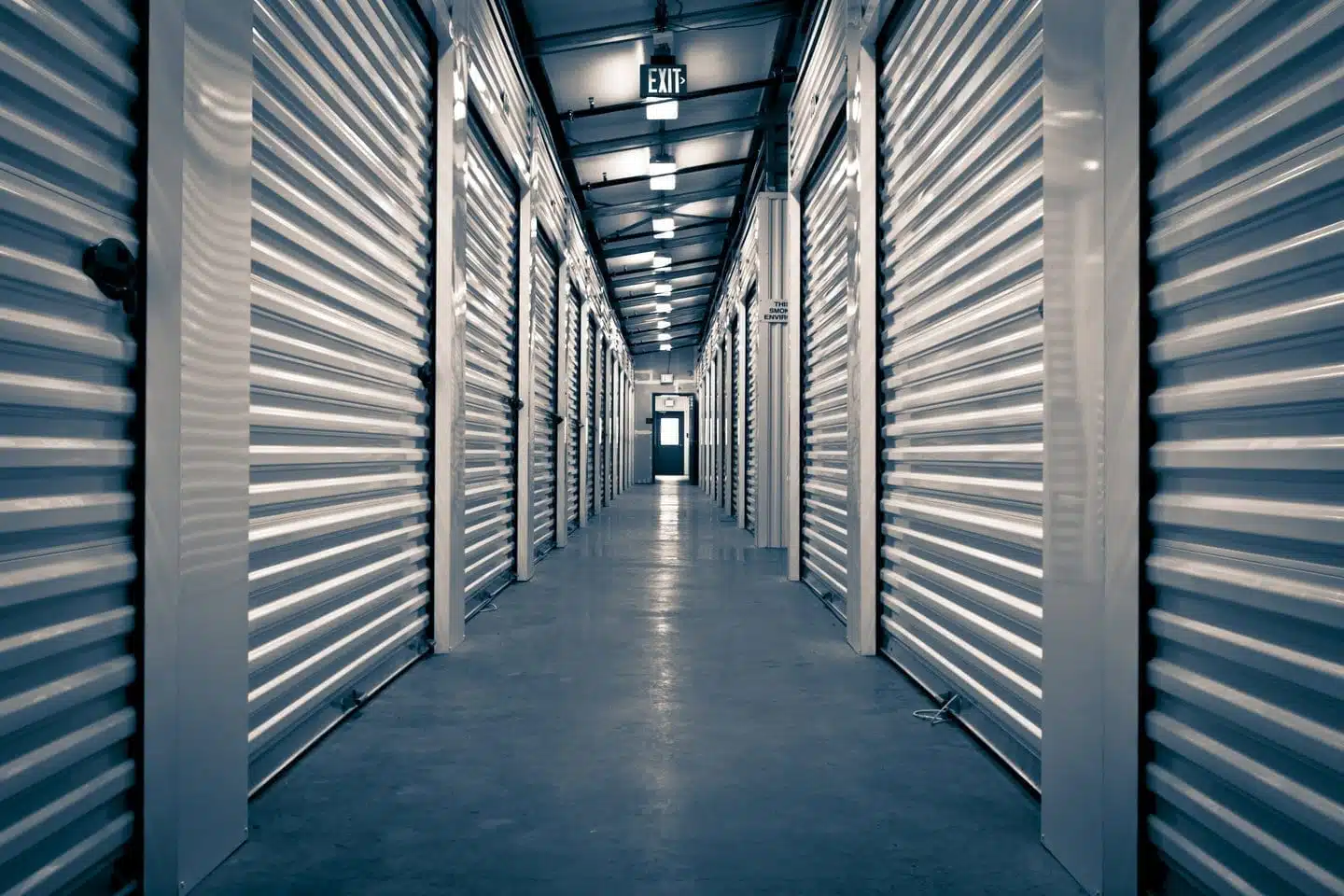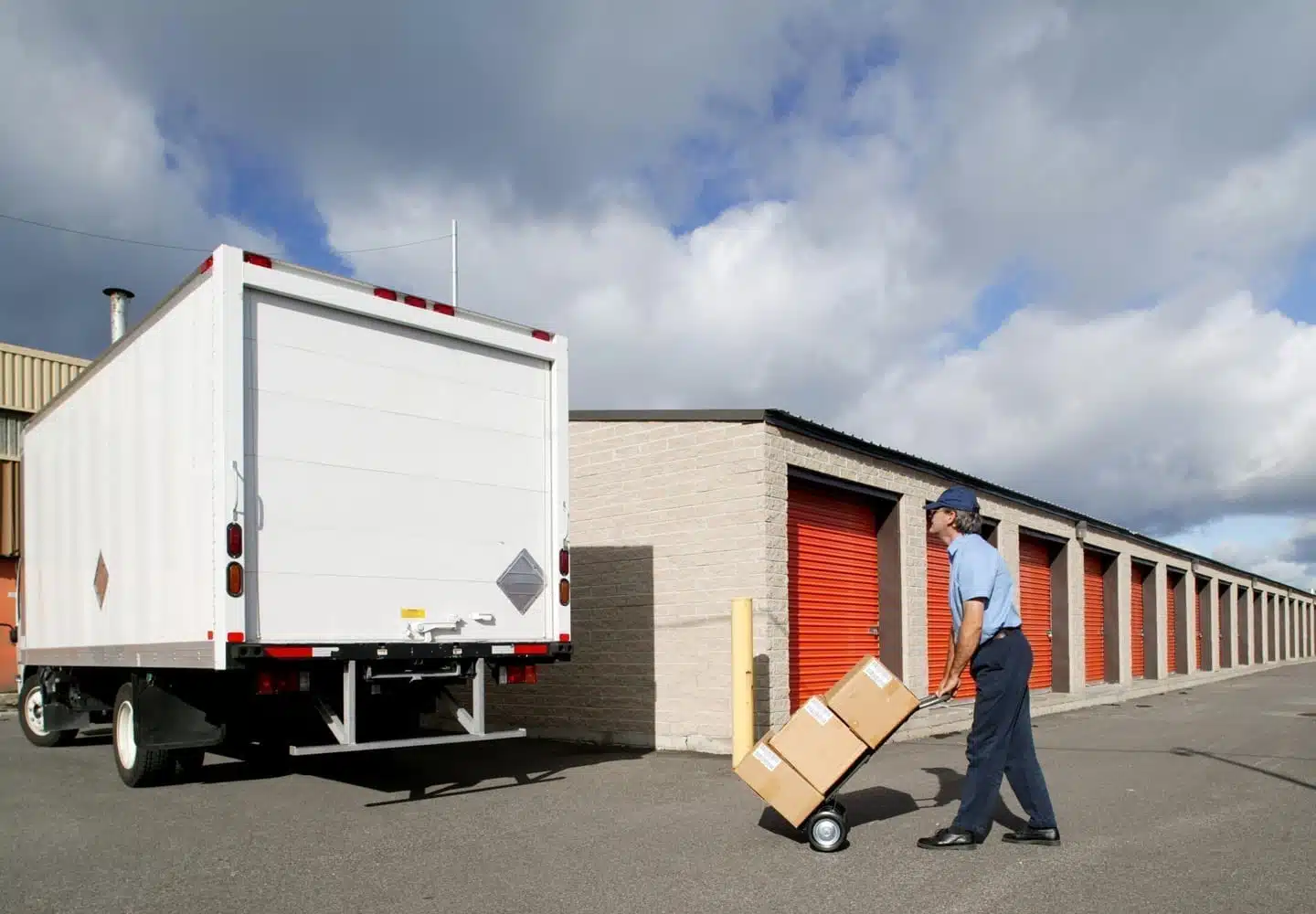
Maybe you’ve heard of climate-controlled storage and you aren’t quite sure what to expect. How does it work? Do you need it, or are your stored items already safe? Read on as we introduce you to what climate-controlled storage is and how to decide whether it’s something you need.
|
Q: Does PODS offer climate-controlled storage? While PODS’ steel-frame containers are designed to protect your items from the elements — and most things will stay safe and sound in these conditions — certain sensitive items should instead be stored in climate-controlled storage. If you aren’t sure whether or not you need climate-controlled storage, call PODS at 855-706-4758 to speak to a storage pro. |
What Is Climate-Controlled Storage?
True climate-controlled storage refers to the regulation of both temperature and humidity in a storage space. While there isn’t an official standard for climate control in the storage industry, generally, the temperature of climate-controlled storage is kept between 55° and 70° F, with humidity levels no higher than 55 percent. These facilities may also keep a dehumidifier on hand and have HVAC systems that regulate temperatures.
On the other hand, temperature-controlled storage means (as the name suggests) that only temperature is regulated — typically within the same range as climate-controlled facilities, between 55° and 70° F.
Why Might I Need Climate-Controlled Storage?
Many people don’t need climate-controlled storage, but you might! Climate-controlled storage is used to store items that are sensitive to high heat or humidity, including:
- Fine art
- Delicate or antique fabrics
- Valuable books or other paper items, like periodicals
- Some electronics
- Compact discs
- Vinyl records
- Antique wood furniture
Bear in mind, though, that while humidity levels in climate-controlled storage units generally stay at or below 55 percent, some paper items and certain metals would be better off stored at an even lower humidity level. Typical climate-controlled storage doesn’t guarantee your items will be protected, so it’s best to do some research on specific items you might be concerned about. If you’re especially worried, you can always purchase desiccants or a dehumidifier, but be prepared to refresh them yourself.

You’ll find varying climate control methods across facilities, which is why it’s important to do your homework.
Ask Questions Before Choosing a Climate-Controlled Storage Facility
The popularity of climate-controlled storage is growing, but there are no industry standards around the use of the phrase “climate-controlled storage” or any regulations.
Because of this, you’ll find varying climate control methods across facilities, which is why it’s important to do your homework. If you are seriously considering climate-controlled storage, be sure to ask facilities for their specific temperature and humidity standards and what they do to stay within these parameters. If possible, you should get this information in writing. Some facilities may even allow you to tour before you make your final reservation — take advantage of that.
Are There Other Things I Should Think About?
Naturally! Even when a storage unit is advertised as climate-controlled, storage center owners may not be legally responsible for damage to your items. Read your storage lease agreement carefully! You are likely to find a statement that says although the storage facility makes reasonable efforts to avoid temperature extremes, they are not responsible for damaged items.
Aside from asking your storage company lots of questions, the single most important thing you can do to ensure your items are protected from mold and mildew would be to carefully inspect your storage unit, along with every single item you’re storing, for moisture or mildew before you load your belongings.
Also, bear in mind that climate control may not be necessary or worth the extra cost for you, depending on what you’re storing, the time of year, and weather conditions in your geographical region. If you’re on the fence, a PODS expert can answer questions and provide a personalized storage quote based on your needs. Just give them a call at 855-706-4758 to learn more.

There are several actions you can take to help prevent mold and mildew damage while your items are in storage.
What Are the Best Ways to Prevent Mold and Mildew Damage To My Items in Storage?
There are several actions you can take before putting your items in storage to help prevent mold and mildew damage, including:
- Inspect your items well: Carefully inspect all of your belongings for moisture, mold, and mildew. Everything should be completely dry. A single damp item can spread mold throughout your storage unit.
- Avoid loading your items during rainy weather: Nothing is worse than moving in the rain, except having mold spread throughout your possessions! Again, a single damp item can wreak havoc on your belongings.
- Protect individual items with blankets and plastic: Rather than leaving items exposed in your storage container or unit, wrap them individually with moving blankets or plastic wrap, or place them in plastic storage bins. This can prevent the spread of mold in case one of your items is damp or carries mold spores.
- Consider using desiccants: You can purchase moisture absorbers from your local hardware store. Read the label carefully, as desiccants are usually only effective for a certain number of days or amount of square footage. They usually need to be swapped out for new ones frequently.
Climate-Controlled Storage or PODS?

Your quote in 60 seconds
Get pricing tailored to your needs!








